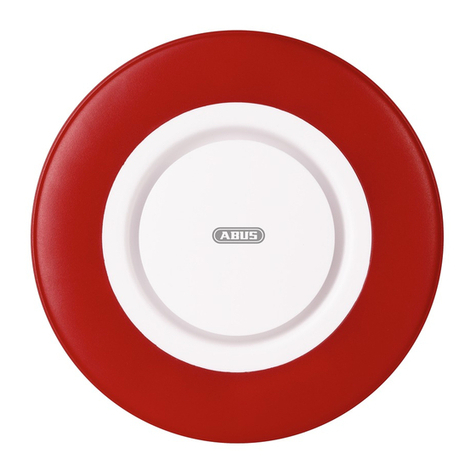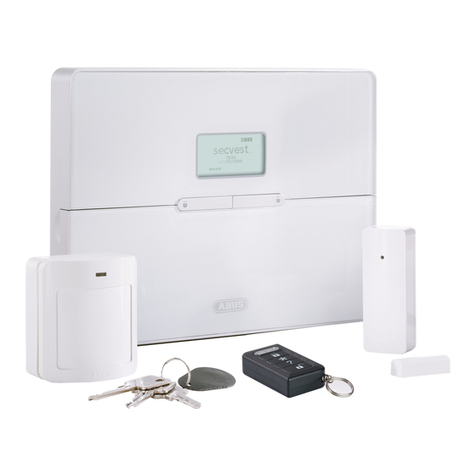Abus COWM300 User manual
Other Abus Security System manuals

Abus
Abus PPIC35520 User manual
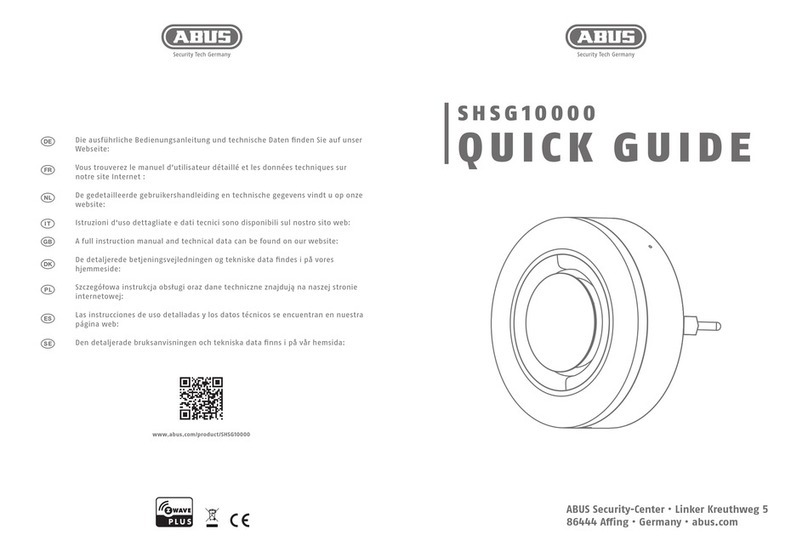
Abus
Abus SHSG10000 User manual
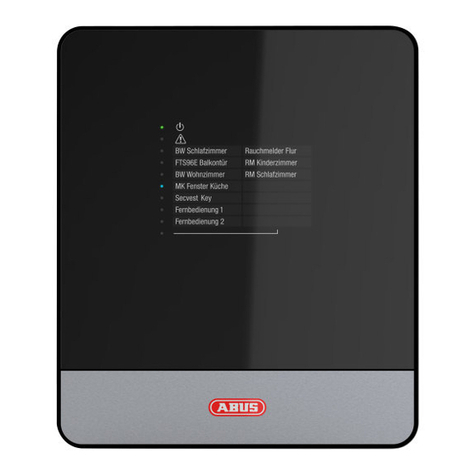
Abus
Abus Secvest IP User manual
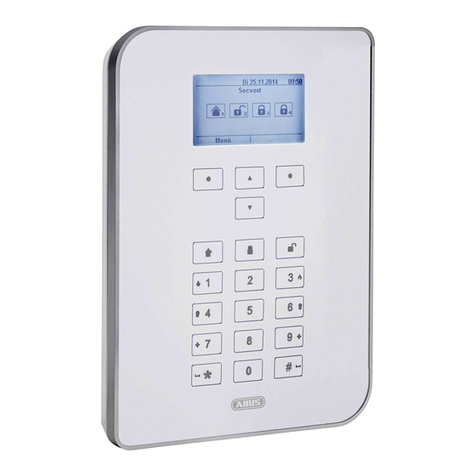
Abus
Abus SECVEST FUAA50000 User manual
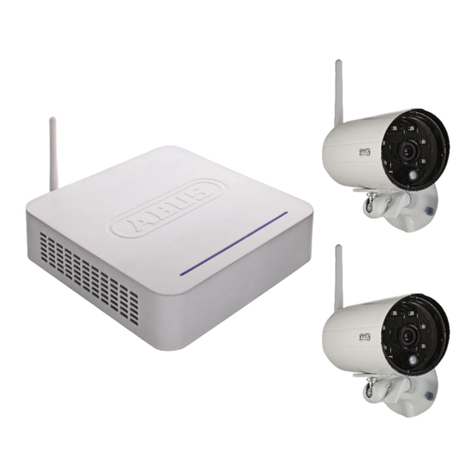
Abus
Abus TVAC18000B User manual
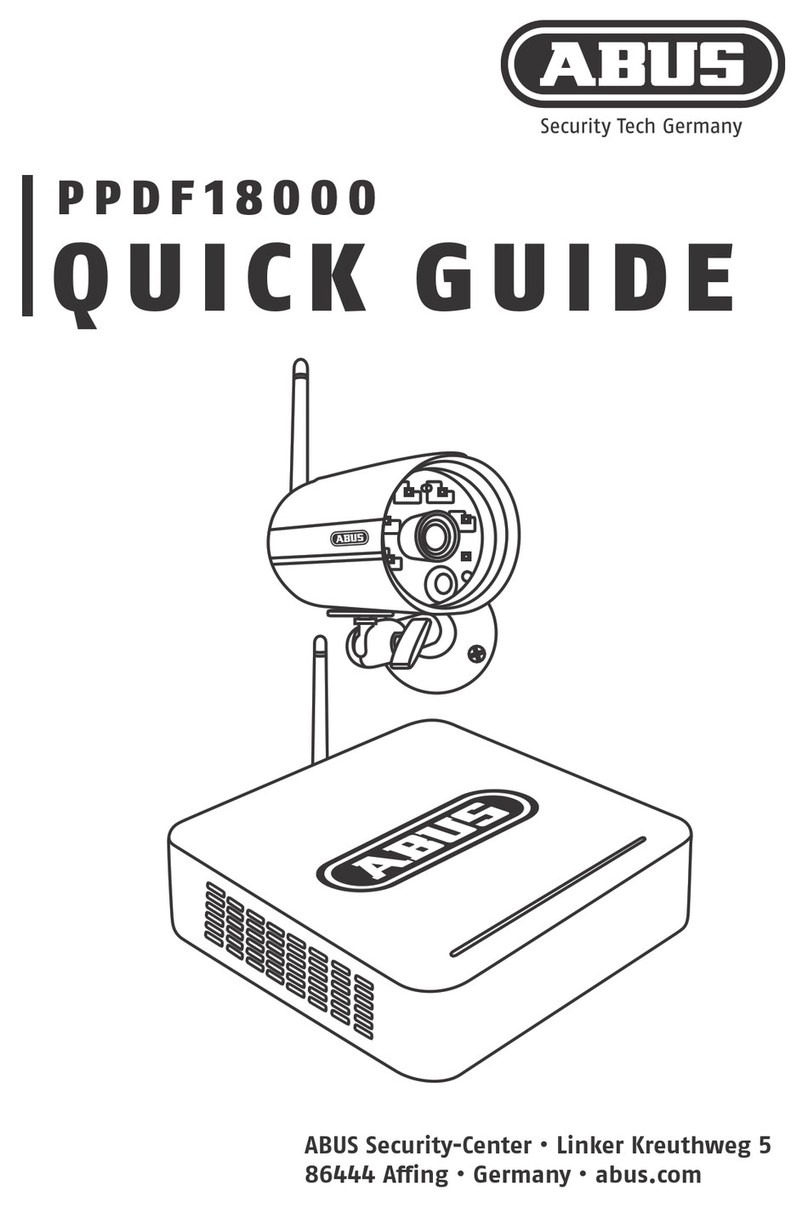
Abus
Abus PPDF18000 User manual
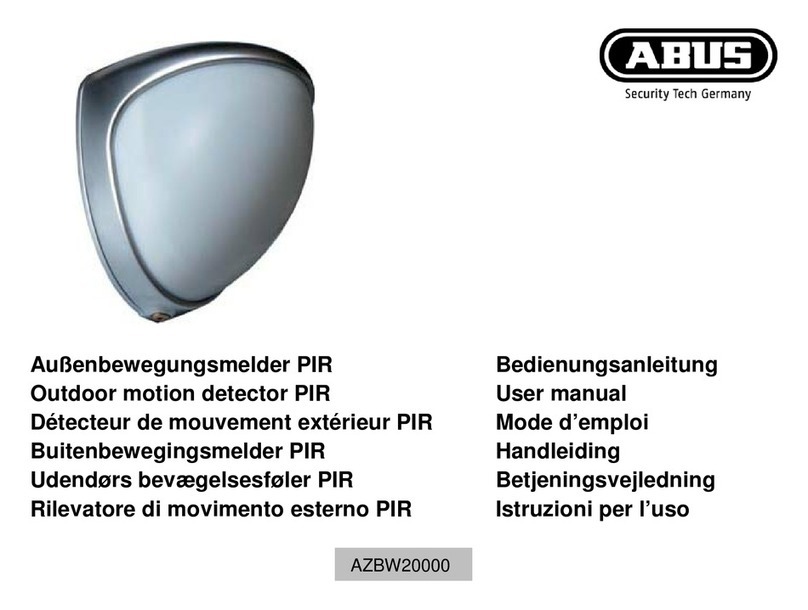
Abus
Abus Outdoor motion detector PIR User manual
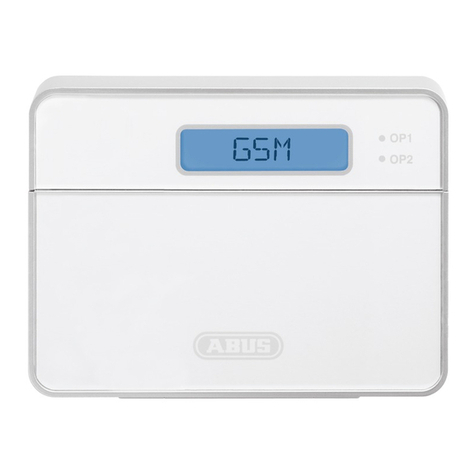
Abus
Abus AZWG10020 User manual
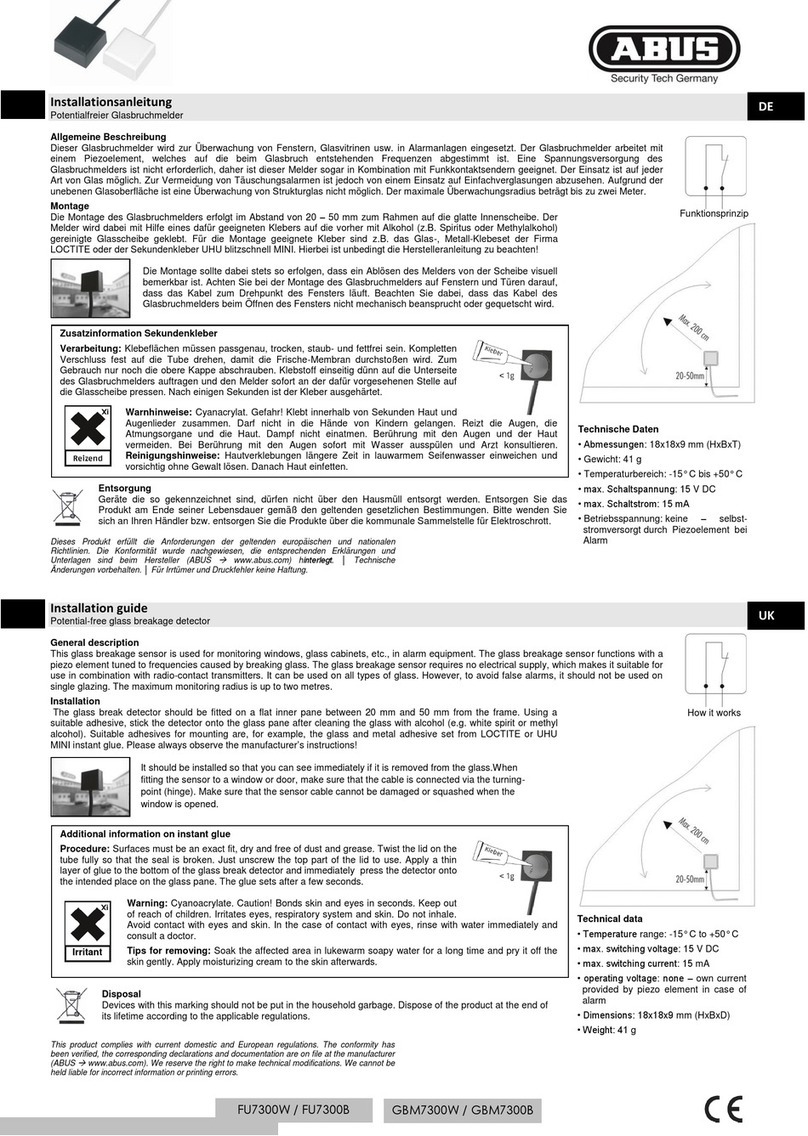
Abus
Abus GBM7300W User manual
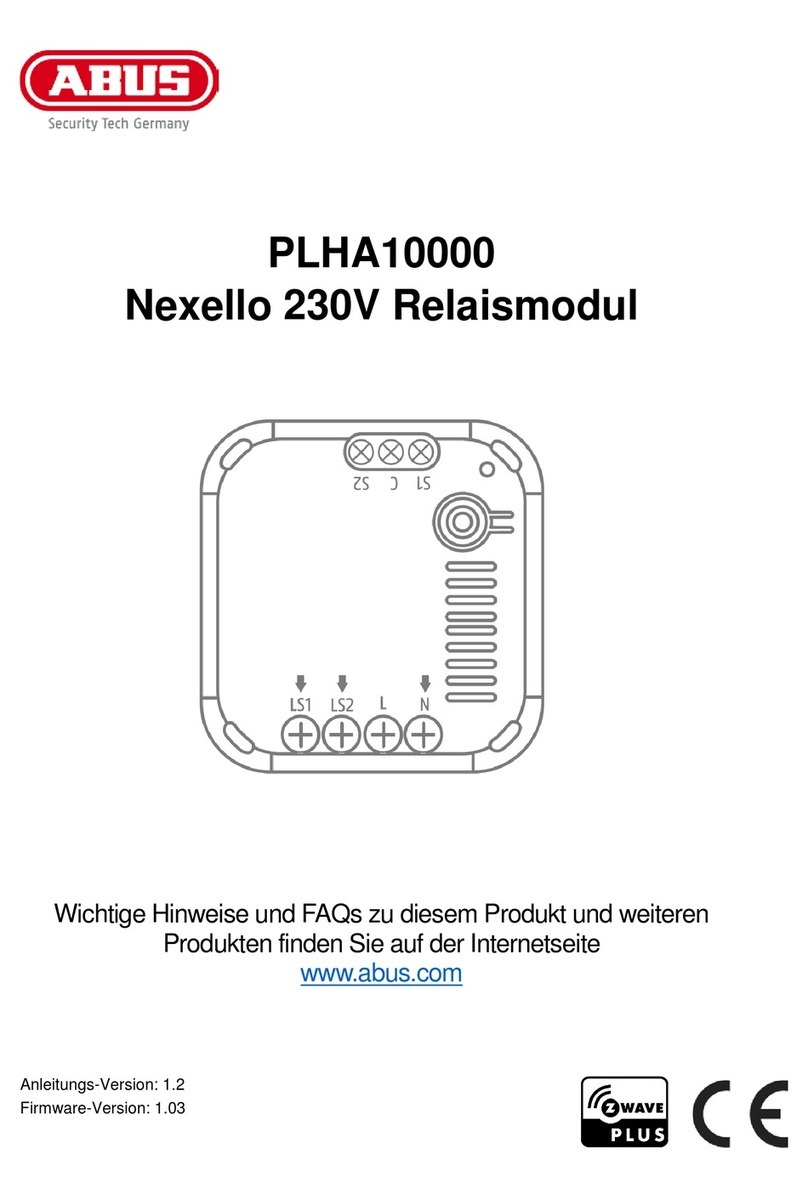
Abus
Abus PLHA10000 User manual
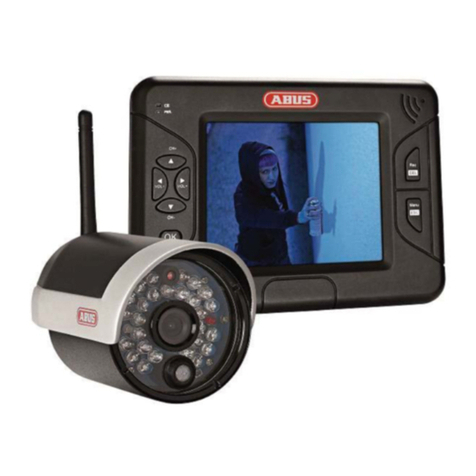
Abus
Abus 56829 9 User manual
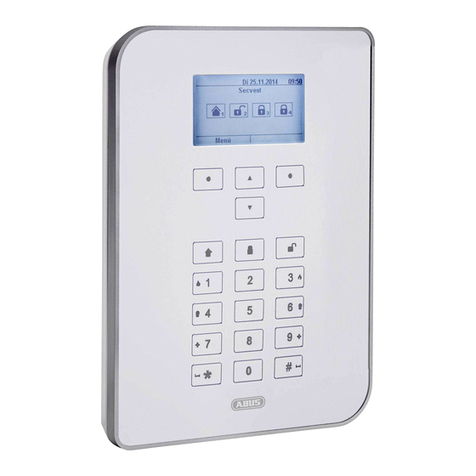
Abus
Abus SECVEST FUAA50 Series User guide

Abus
Abus PPDF16000 User manual
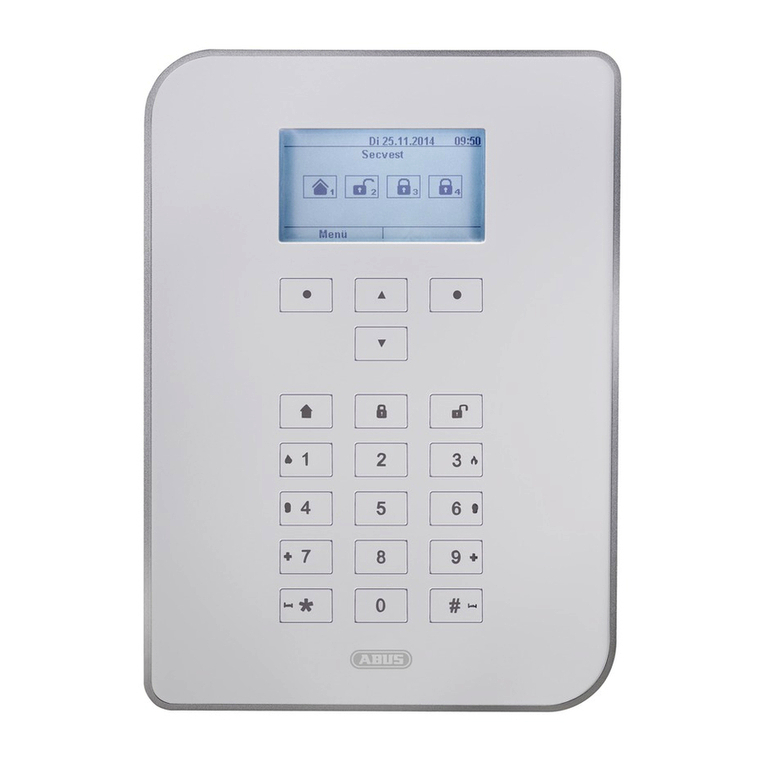
Abus
Abus SECVEST User manual

Abus
Abus TVAC15000 User manual
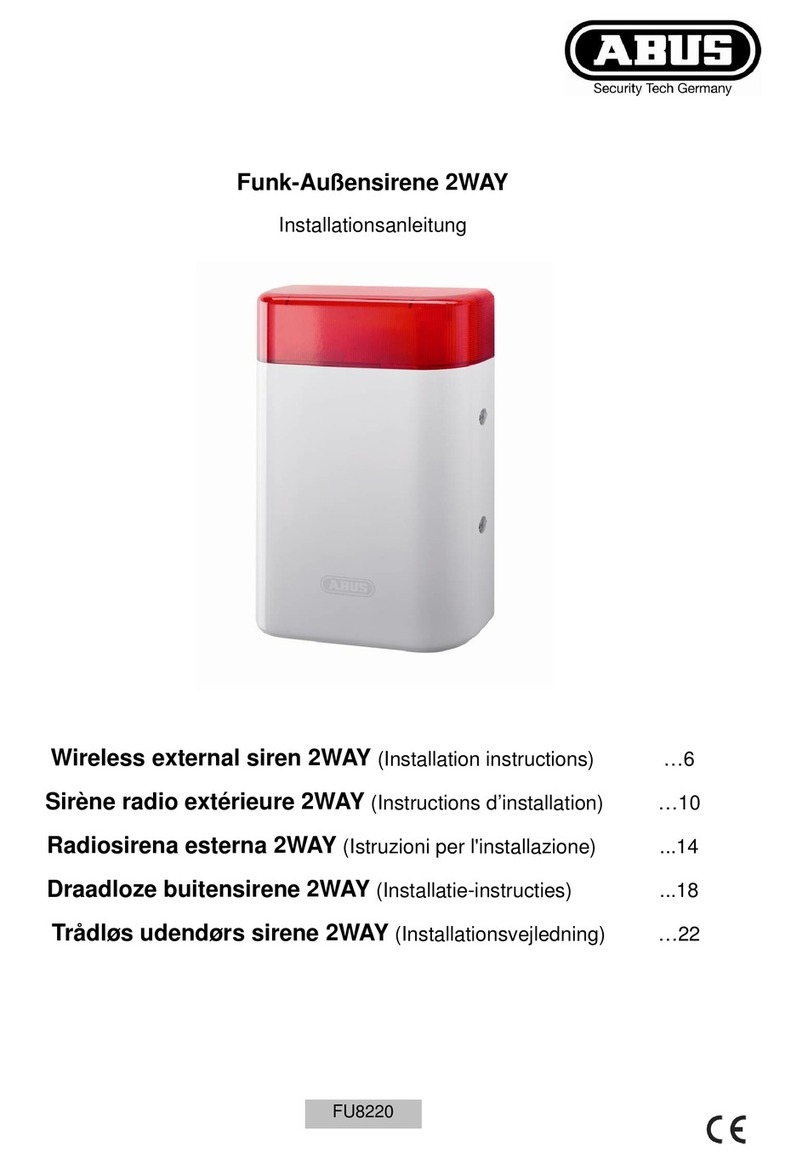
Abus
Abus FU8220 User manual
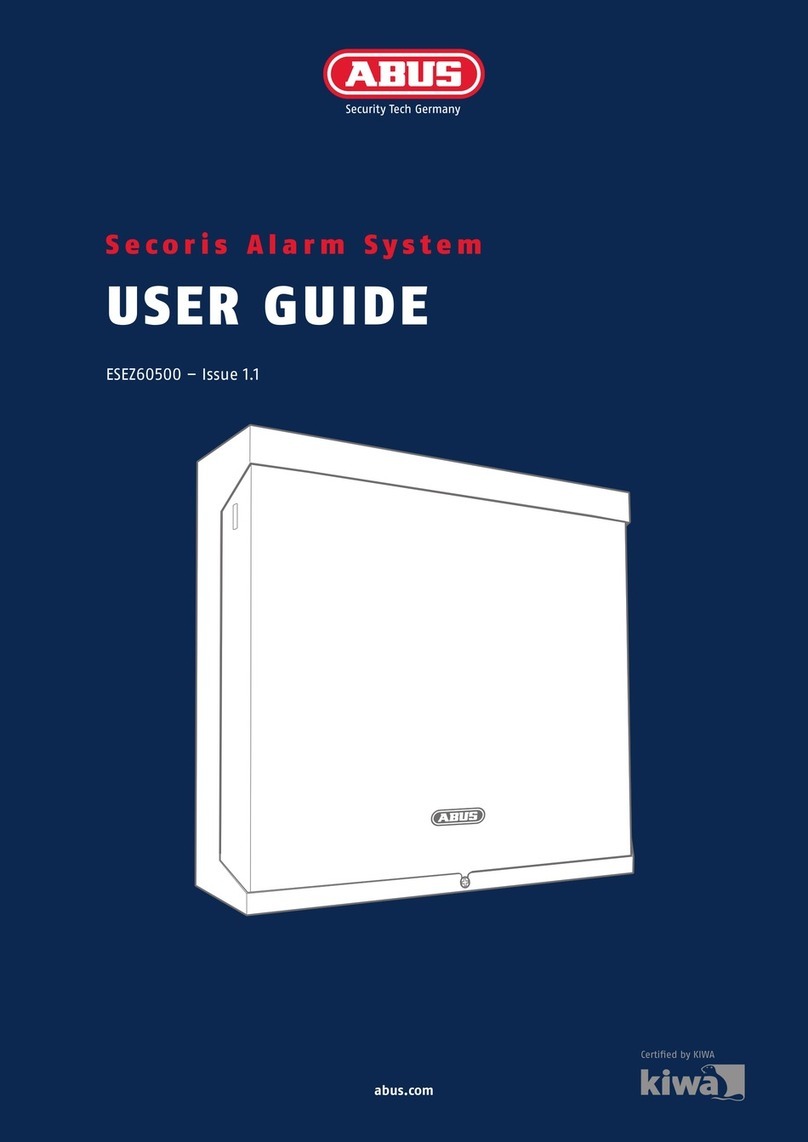
Abus
Abus Secoris ESEZ60500 User manual
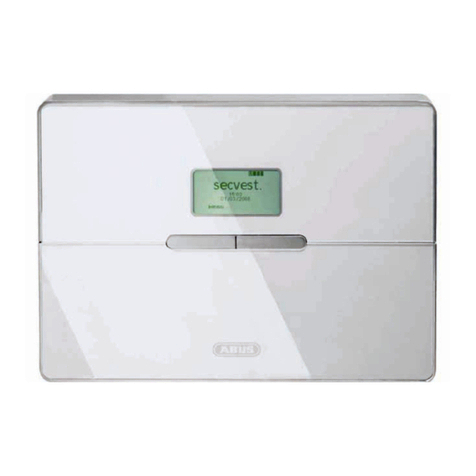
Abus
Abus Secvest FU8006 User manual
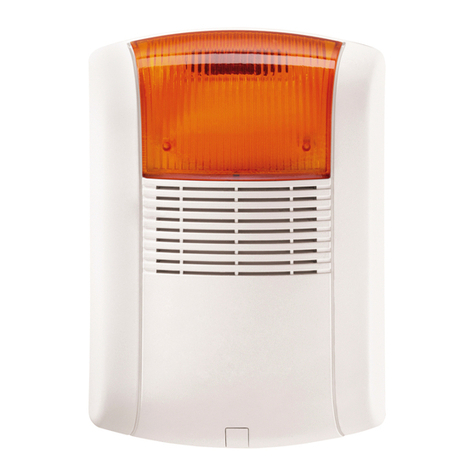
Abus
Abus SG1800 User manual
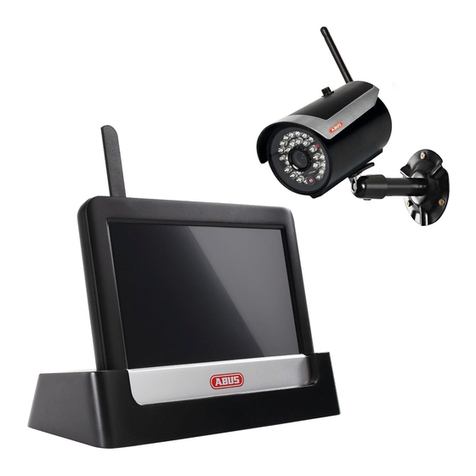
Abus
Abus TVAC16000C User manual
Popular Security System manuals by other brands

Secure
Secure USAB-1 operating instructions

B&B
B&B 480 SERIES Operation & maintenance manual

ADEMCO
ADEMCO VISTA-20P Series Installation and setup guide

Inner Range
Inner Range Concept 2000 user manual

Johnson Controls
Johnson Controls PENN Connected PC10 Install and Commissioning Guide

Aeotec
Aeotec Siren Gen5 quick start guide

